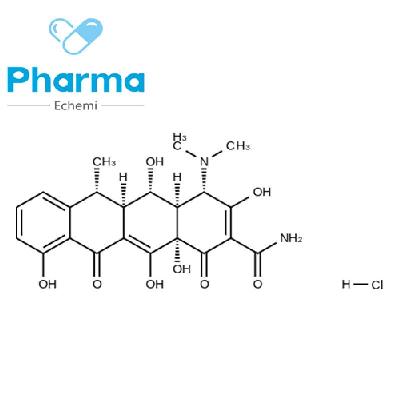-
Categories
-
Pharmaceutical Intermediates
-
Active Pharmaceutical Ingredients
-
Food Additives
- Industrial Coatings
- Agrochemicals
- Dyes and Pigments
- Surfactant
- Flavors and Fragrances
- Chemical Reagents
- Catalyst and Auxiliary
- Natural Products
- Inorganic Chemistry
-
Organic Chemistry
-
Biochemical Engineering
- Analytical Chemistry
-
Cosmetic Ingredient
- Water Treatment Chemical
-
Pharmaceutical Intermediates
Promotion
ECHEMI Mall
Wholesale
Weekly Price
Exhibition
News
-
Trade Service
Not only is it difficult for children to see a doctor, but even if they take medication after diagnosis, it will also hurt their parents and the medical staff
.
According to media reports, the situation in which children’s medications “rely on guessing the dose, dividing the medication by breaking off, and lack of special drugs” has not changed
In fact, most children’s drugs, including vaccines, are halved or reduced on the basis of adult doses.
This inevitably leads to a large number of adverse drug reactions and poor efficacy, because children are not reduced versions of adults.
Even if it is administered at half or one-third of the adult dosage, problems such as pharmacokinetics and liver decomposition may cause harm to children
.
Because the organs and tissues of children are immature, the decomposition and detoxification of drugs is not half that of adults, but there is a big gap
There are 277 million children in China, and the market for children's drugs is huge
.
Over the years, professionals have been paying attention to and suggesting various ways to try to solve the problem of children's medication, and opinions from all aspects are relatively consistent.
However, the resolution of the matter is not optimistic
.
According to the data from the "2016 Children’s Drug Safety Survey Report" issued by the Southern Institute of Pharmaceutical Economics of the State Drug Administration and others, among the 176,652 domestic drug approvals, only 3,517 are drugs specifically for children (referring to the common name clearly stated Medicines for children's medicines, which do not include medicines for children but not indicated as children's medicines in the generic name), account for only 2%
The fundamental reason for the lack of special medicines for children is the lack of scientific evidence for children's clinical use of medicines
.
Drug development requires human trials, but most of the volunteers recruited are adults, and it is even more difficult to recruit children
Real-world research refers to the non-random selection of treatment measures based on the patient’s actual condition and willingness in the real medical process, long-term evaluation, attention to meaningful outcome treatment, and evaluation of medical measures (drugs, surgery, and The effectiveness and safety of all medical methods such as equipment
.
Because the number of child volunteers participating in clinical trials is very small, real-world research has become a better test method for children's drugs and other medical measures, and has become a test method recognized internationally and domestically







